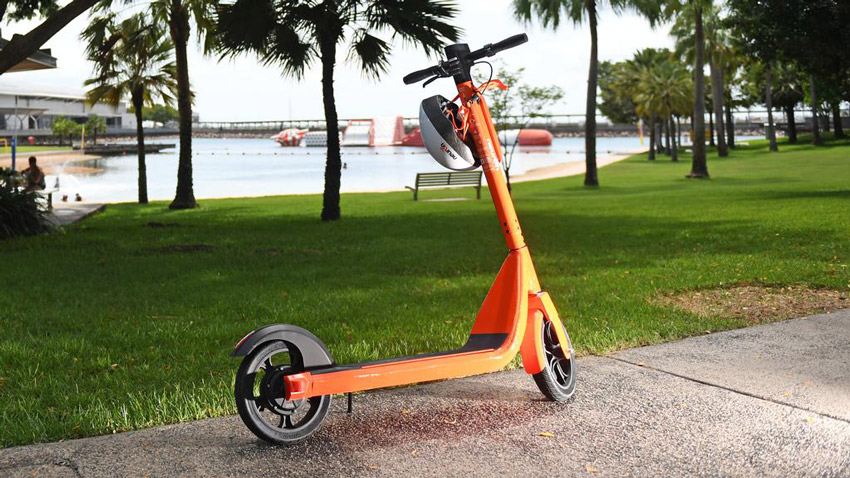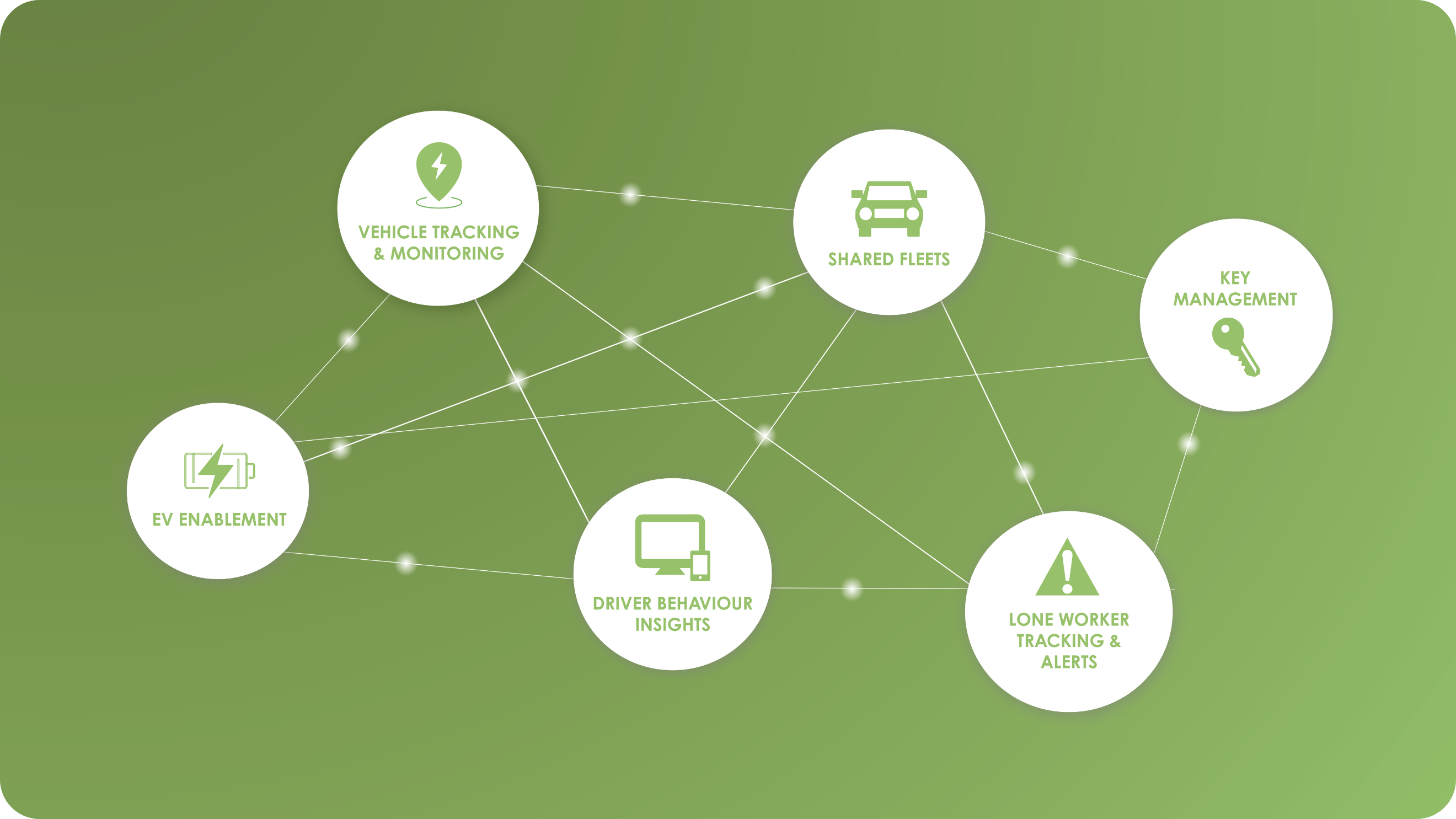Asset tracking has evolved rapidly in the past decade, in line with developing technologies that have underpinned the process.
The use of GPS, radio-frequency identification (RFID) and barcode scanning has all helped to support and bolster tracking systems, providing live, accessible data that can be fed back to managers and data teams.
For many organisations, this has enabled a shift away from traditional approaches to asset management, which were often geared more towards basic inventory and maintenance.
Now, cutting-edge tracking systems are enabling organisations to gather a wide variety of real-time data, which helps managers locate diverse assets at any point, make more informed decisions on the value of those assets to the organisations and to better understand how they’re used.
As a result, the potential benefits of gathering data through tracking systems spread to areas such as cost savings, health and safety, and asset security, among many others.

Keeping track of kegs
The need for asset tracking is widespread across organisations but can be complex when dealing with diverse and dispersed assets in their hundreds or thousands.
This is the case for keg-rental service Konvoy, which predominantly provides a service to independent brewers, cideries and wineries, along with producers of kombucha and seltzer.
The company, founded by Adam Trippe-Smith in 2019, has a pool of about 75,000 kegs used by 200-plus producers across Australia and New Zealand. The service works by allowing a producer to hire kegs for a set fee, the kegs are then delivered to the producer who will fill them and send them on to venues, and Konvoy will collect the kegs again from these venues.
The process sees kegs out ‘in the market’ (ie with producers or third parties) for between 20 and 90 days. As they’re passed around multiple parties, there’s scope for losses anywhere along the chain, leading to an industry keg loss rate of six to 12 keg fleets per annum.
In order to mitigate these losses, Trippe-Smith – a veteran of the industry, having founded and sold a previous keg-rental business, Kegstar – and his Konvoy team adopted and developed leading-edge technology from the outset, in the shape of a durable tracking beacon fitted to each keg.
This beacon is connected to the Sigfox 0G network of IoT telco Thinxtra, and is able to deliver the geolocation of the fleet without the need for manual scanning, as well as temperature data on the contents of the kegs.
According to operations lead Marc Eggins: “From this data, our software is able to match locations to customers, warehouses and venues, triggering invoicing, providing cycle time information (how long a keg is at a location), alerts on ageing kegs and changes in temperature outside a reasonable range.”
As the benefits of using this technology have become clear, the Konvoy Group is expanding to include Katch Asset Tracking, which intends to export the tracking system to the global beverage industry for more widespread use.
The benefits of using GPS to track fleet
The reasons for needing tracking systems are numerous – and some are fairly easy to solve. For Neuron, a scooter-sharing service operating in Australia, New Zealand, Singapore and the UK, the issue was one of safety and security.

Following discussions with a female focus group, the company developed Follow My Ride, a service that gives users the chance to share their location with a friend in real time. Simple and effective, the tracking system provides a customer-friendly way of making users feel more confident and safe during night-time rides.
For Peter Armour, Unit Manager Plant and Fleet at Central Coast Council, there was no such simplicity. When he started work with the council three years ago, he inherited a diverse fleet comprising hundreds of vehicles and only a series of legacy systems to track them.
“I didn’t have any visibility of what we had at all,” he says. “The fundamental basics to manage a fleet effectively were missing. But over three years, we’ve been able to get not only GPS tracking but also the asset register up to speed, and we now have one harmonised asset register.”
In July last year, the council installed Teletrac Navman GPS tracking across its fleet of 600-plus vehicles and, in the timeframe it has been operational, Armour says it has already paid for itself.
This is mainly down to the quality and quantity of data the GPS is able to gather. Using the data, Armour and his team provide a monthly utilisation report to internal customers based on engine hours and distances travelled for each of the council’s assets, giving a clearer picture of how the fleet is used – or not used.
“Due to the capital value of our fleet and the annual cost of running it, we thought it was prudent to install a system that would lead to a better utilisation of assets and make informed decisions about whether we should continue to own that type of asset or not,” he says.
“Beforehand, we weren’t really managing our fleet. We’re now in a position where we’re providing guidance as a fleet management group and making cost-effective decisions.”
As a result, the council has been able to dispose of 19 under-utilised assets in the past six months, providing substantial cost savings. The GPS tracking has also provided major benefits in being able to handle community complaints, track fuel costs, improve health and safety, and speed up maintenance and repairs.
Adds Armour: “I guess when I joined the organisation, the only real metric was, ‘How much is my fleet costing me?’ not, ‘How much am I using my fleet?’ I question how we did it when we didn’t have GPS.
“I really feel like I am a fleet manager now whereas before that, it was [as if] you were just the service provider who provided vehicles for people.”













